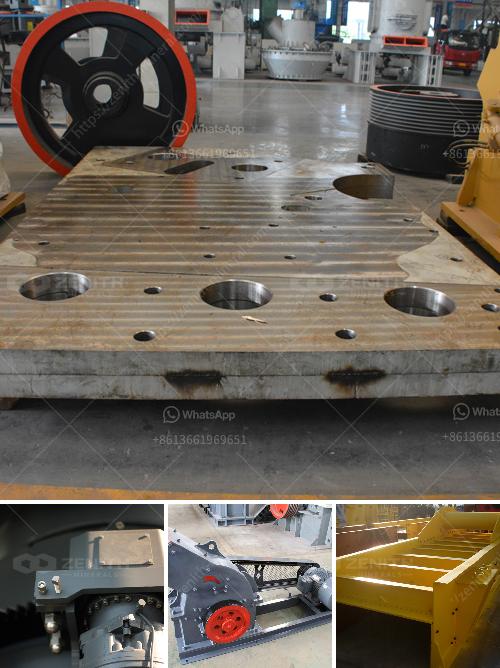Developing a gold mine encompasses several critical steps, combining geological, technical, and financial considerations. Here's an overview of the process and suitable grinding machinery:
Steps to Develop a Gold Mine:
-
Exploration and Prospecting:
- Conduct geological surveys and sampling to identify potential gold deposits.
- Use modern techniques like geophysical and geochemical methods alongside traditional methods.
-
Assessment and Feasibility Study:
- Evaluate the size and quality of the deposit.
- Conduct a feasibility study considering all aspects like technical, legal, environmental, and economic factors.
-
Permitting and Legal Compliance:
- Obtain the necessary permits and licenses from local, state, and federal authorities.
- Ensure compliance with environmental regulations and community guidelines.
-
Development and Construction:
- Develop infrastructure, including roads, power supply, and water management systems.
- Construct mining facilities such as open pits or underground shafts.
-
Mining Operations:
- Extract ore using the appropriate mining techniques: open-pit or underground mining.
- Transport the ore to the processing site.
-
Processing and Extraction:
- Crush and grind the ore to liberate gold particles.
- Use appropriate methods like gravity separation, flotation, and cyanidation to extract gold.
-
Rehabilitation and Closure:
- Plan and execute mine closure to restore the land.
- Conduct environmental monitoring to ensure compliance.
Grinding Machinery for Gold Mining:
-
Ball Mills:
- Widely used for grinding ore into fine particles.
- Consists of a cylindrical shell rotating around its axis, filled with steel balls or rods.
- Reliable and effective for producing uniform particle sizes.
-
SAG Mills (Semi-Autogenous Grinding Mills):
- Suitable for grinding and crushing large volumes of ore.
- Uses both the ore itself and balls as grinding media.
- Ideal for processing large, hard rock deposits.
-
Rod Mills:
- Similar to ball mills but use long steel rods as the grinding medium.
- Typically used for coarser grinding where particle size reduction isn't as critical.
-
Vertical Mills:
- Utilize high-speed impact and attrition grinding.
- Often more energy-efficient than traditional ball mills.
- Suitable for finer grinding requirements and lower operational costs.
-
Autogenous Mills:
- Rely on the ore itself to grind against itself without additional grinding media.
- Suitable for processing ores with high moisture content and clay.
Each type of grinding machine has its own advantages and best-use scenarios depending on ore characteristics, production needs, and budget constraints. It's essential to conduct a thorough assessment to select the most appropriate equipment for your specific gold mining operation.

